Coaching & Teaching
What to Do with Bored Kids
“I’M BORED!” At about 10 years old, I had heard that phrase from my friends. Those words didn’t really exist in my house. It seemed there was always something going on, and my brother and I were always involved.
I decided to try the phrase out on a mid-day summer respite from the whiffle ball world series and playing “pro wrestling” with my little brother (whether he wanted to or not). “Mom, “I’m BORED.” My mom halted her “one man band” of domestic management for a moment. One hand in the sink, the other tending the stove, and her feet somehow mopping the floor. “Well I am SO sorry. Let’s see what we can do about that!”
How America Will Win the Next World Cup!
Sadly, it’s time once again to put away our team USA soccer jerseys and wait another four years before soccer becomes a central theme in the American sports conversation.
It’s not that team USA doesn’t have talent. We continually improve our showings in international contests. Many of our national team players have made significant talent contributions to elite foreign teams.
After all, Americans grow up in an athletic culture that offers a variety of competitive advantages.
You Can Lead a Kid to Water…
I’ve already made kind of a big deal about the fact that children handle the heat differently than adults –and for good reason! When exercising in extreme heat, kids are at an increased risk of heat stress compared to adults. One of the best ways to prevent kids from overheating is to make sure they drink enough water. Dehydration can be dangerous, and it even affects performance. The challenge is in getting kids to drink more water.
Why is Hydration So Important Anyway?
The Problem with Presidential Fitness Tests
Many of us grew up with the “Presidential Fitness Test” that was designed by President Kennedy to create a higher standard of fitness for American youth. These tests assessed the product of a physically active youth culture that was further refined through frequent physical education classes.
Things are different now.
Currently, our youth have demonstrated a significant decrease in play and movement based leisure time activity. Furthermore, only about 4% of America’s schools have daily PE.
The lack of movement and movement education has left our kids with a physical fitness detriment. Scores on these traditional tests have been on a significant decline over the last 15 years.
Is the Summer Heat Putting Your Child in Danger?
My best childhood memories all seem to be summer related – and I don’t think I’m alone! Family vacations, hours in the pool, tennis, outdoor games with my friends, and of course –no school!
All that fun in the sun can spell danger for children. Compared to adults, children are fundamentally different in how they handle heat. Understanding these differences is crucial to keeping kids healthy and performing their best in the heat.
A Multidisciplinary Approach to Physical Education
To combat the challenges faced by the modern PE landscape and address the needs of modern youngsters, PE programs are beginning to adopt a unique multidisciplinary approach to improving fitness and preventing injuries while increasing the perceived value of physical education to the surrounding community.
Physical education has a unique opportunity in our country to reverse the current childhood obesity trend, however, access to physical education is at an all-time low. With an estimated 70% of youth not participating in the minimum recommended 60 minutes of physical activity per day, a mere 4% of America’s schools have daily physical education (1).
Why Should Teenagers Crawl?
Crawling is one of the reflexive movement skills that provide the foundation for contra-lateral movement (gait), trunk stabilization, hip flexion/extension cycles, shoulder stability, and many other essential foundations for higher level learned movements like skipping, jumping, etc.
There is also research to suggest a significant amount of neural activity, improving communication between the two hemispheres of the brain. Crawling is used in various forms of modern cognitive therapy.
Training Children Should Be Fun!! – Part 2
If a child has a sense of ownership or investment in something, he or she will naturally want to take care of it and nurture it. It is important to create that experience in each training session. One way to do this is to give them some choice in what they will do by having two or three options for each goal you want to accomplish. You might ask if they want to play the Indian club bowling game or sandbag target toss to work on kinesthetic differentiation (accuracy in controlling their power).
Training Children Should be FUN!!! – Part 1
The key to keeping children engaged and coming back for more is to make it fun! Set the tone the minute they walk in the door and bring them up to your level of enthusiasm. Continue the workout in the form of games that will address all your fitness goals and teach competition as well as cooperation. In part 2, I will discuss the importance of children taking ownership of their sessions and how it can be achieved through the technique of peer coaching.
Keeping Kids Injury Free: What Can We Do?
Youth sports and other movement-related injuries are at an all time high.
According to the Center for Disease Control, over 10 million youngsters paid a visit to the emergency room for sports and other movement-related injuries.
While with any activity, injuries cannot be completely prevented, research has demonstrated that there are some strategies to decrease the occurrence of the most likely causes of injury in youth.

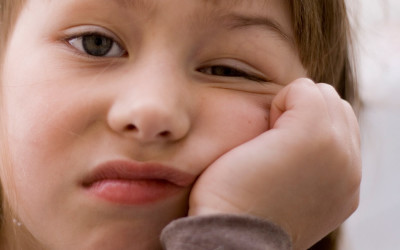
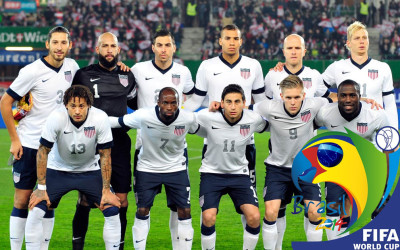
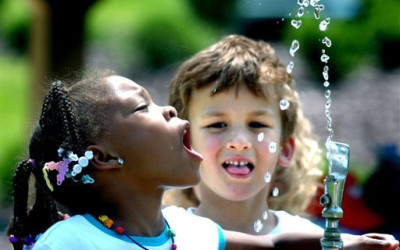

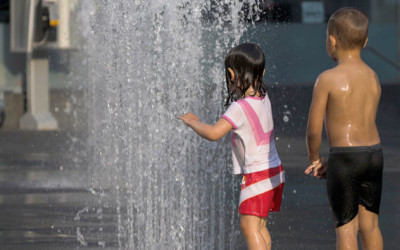
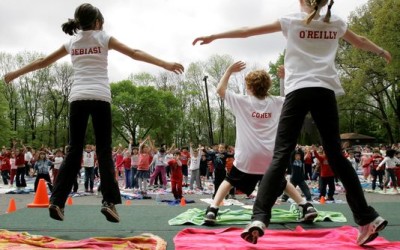
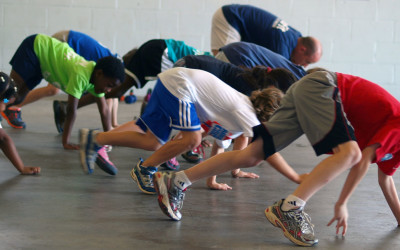
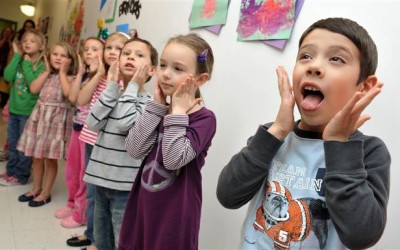

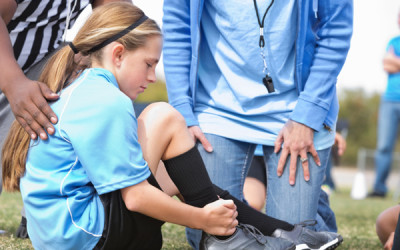



Connect with SPIDERfit!